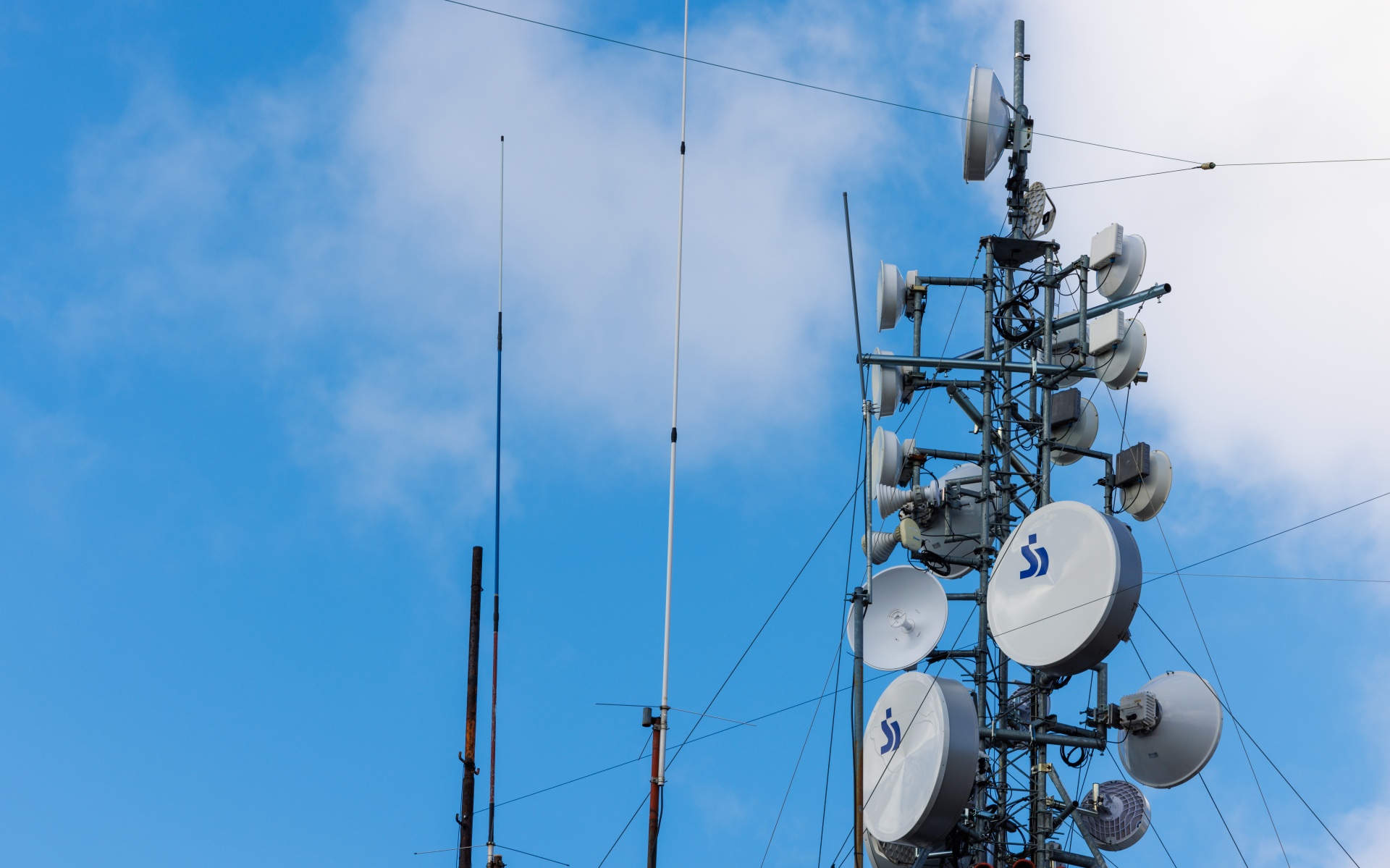Dictionary of Space Concepts
What is the Dictionary of Space Concepts?
The Dictionary of Space Concepts (DSC) is a project by UNIVERSEH – the European Space University of Earth and Humanity. Starting in 2020, this Alliance of five European Universities decided to launch an online dictionary dealing with terms and concepts related to space sciences. It should be created and used by students, lecturers, researchers and citizens alike.
After an initial planning phase, the DSC was published in spring 2022. It opens up several opportunities for all members of the UNIVERSEH Alliance and interested citizens to contribute to the content of the DSC.
In our course "Terms and Concepts of Space" (to the registration) , students learn how to write a dictionary article and later on contribute several entries to the DSC. Students and other members of the UNIVERSEH Alliance can also submit articles for the DSC via an entry in here . Interested citizens can contribute in this entry platform.
Once submitted, these articles are reviewed by UNIVERSEH Alliance staff and, if necessary, edited before their publication in the Dictionary.
In this way, the DSC is a dynamic project that is constantly expanding in content and quality through constant contributions from students, staff and citizens.
Special | A | B | C | D | E | F | G | H | I | J | K | L | M | N | O | P | Q | R | S | T | U | V | W | X | Y | Z | ALL
S |
|---|
Star | |||
|---|---|---|---|
 Source: Kutsaev, R. (no data). Stars Galaxy Free Stock Image. stocksnap. https://stocksnap.io/photo/stars-galaxy-IJ5DPL13HR Definition:1) A natural luminous body that is visible in the night sky and can be used for navigation. 2) A large celestial body producing light and energy by means of nuclear reactions inside of it. EtymologyGreek “αστέρι”, Latin “stella” Translations:
| |||
Stellar wind | ||
|---|---|---|
Media Media ESO/Callingham et al. DefinitionsShort Definition Detailed Definition Etymology Stellar: from Latin stella"star" Sample Sentences Bright bow shocks form around stars when their stellar winds interact with the Translations of Terms/Concepts into Partner Languages Frenchle vent stellaire German
der Sternwind
Italian
il vento stellare
Polish
wiatr gwiazdowy
Swedish stjärnvind
Additional Translations of Terms/Concepts into Other Languages Russian Ukrainian Links to Videos/Articles: Stellar Wind. ESA/Hubble. Retrieved [ 06.14.2023 ], from https://esahubble.org/wordbank/stellar-wind/
Holzer, T. E., & Axford, W. I. (1970). The theory of stellar winds and related flows. Annual review of Astronomy and Astrophysics, 8(1), 31-60. Retrieved [ 06.17.2023 ], from https://articles.adsabs.harvard.edu//full/1982ApJ...259..282A/0000282.000.html | ||
Supernova | |||
|---|---|---|---|
 Source: Midjourney (2023, May 25). AI illustration of a supernova. Midjourney. midjourney Definition:Brief, bright illumination of a supermassive star at the end of its lifetime by an explosion in which the original star itself is destroyed. As it dies, a supermassive star goes through various stages of fusing different elements, forming a red supergiant. During this process, more and more heavy material is deposited onto the stellar core. Once the core’s mass tips past a certain threshold it collapses under its own gravity (meaning it cannot withstand its own gravitational force). The outer layers are blasted outwards in a supernova, the biggest explosion known to occur in the Universe. At its peak, a supernova can be brighter than an entire galaxy. Supernovae reach their peak luminosity in a matter of days, so their appearance and early decline can be observed in real time. Etymology:from Latin super “beyond”, “over and above” and stella nova “new star” Translations:English: supernova (neutr.) – [ˌsuːpərˈnoʊvə] French: supernova (f)– [] German: Supernova (f) – [ˈzuːpɐˌnoːva] Polish: supernowa () – [] Russian: сверхновая звезда () - [ˌsvʲerxˈnovəjə zvʲɪzˈda] Swedish: supernova () – [] | |||
Supernova Remnant | ||
|---|---|---|
 Short
Definition
Detailed Definition First, the ejecta expands freely, gradually shedding their mass into the circumstellar or interstellar medium. Subsequently, the remnant begins to gather and compress surrounding gas, forming a prominent shell. In the ensuing phase, the shell undergoes cooling, resulting in the formation of a thinner, more delicate outer layer enveloping the still-hot interior. As the interior continues to cool, the shell expands further under its own momentum. Finally, the remnant merges with the surrounding interstellar medium, culminating in the formation of a fully-fledged supernova remnant. Notable examples of supernova remnants include the Crab Nebula, the remnants of SN 1572, and Kepler, the remnants of SN 1604, named after Johannes Kepler. G1.9+0.3, discovered in the galactic centre, stands as the most recent known remnant within our galaxy.
Sample Sentence(s) “Supernova remnants are very important to the structure of galaxies.” Mathis, J. S. (Invalid Date). supernova remnant. Encyclopedia Britannica. https://www.britannica.com/science/supernova-remnant
Translations of Terms/Concepts into Partner Languages
French
German
Italian
Polish
Swedish
Additional Translations of Terms/Concepts into Other Lang... Turkish Dutch Supernovarest Spanish resto de supernova Portuguese Remanescente de supernova
Links to Videos/Articles: Astrum. (2016a, January 29). Supernova Remnants | Hubble Images
4K | Episode 2 [Video]. YouTube. | ||
Surface | |||
|---|---|---|---|
 Source: Midjourney (2023, May 25). AI illustration of a planets surface. Midjourney. midjourney Definition:The exterior of an astronomical body that is in contact with outer space or an atmosphere.Etymology:From Latin superficies. Translations:
Links to videos/articles: | |||
T |
|---|
Taikonaute | ||
|---|---|---|
 Source : https://upload.wikimedia.org/wikipedia/commons/thumb/d/dd/%E8%88%AA%E5%A4%A9%E5%91%98%E9%99%88%E5%86%AC_Chen_Dong.jpg/800px-%E8%88%AA%E5%A4%A9%E5%91%98%E9%99%88%E5%86%AC_Chen_Dong.jpg
Detailed Definition
The term "taikonaut" is a term that refers to Chinese astronauts who are trained to participate in China's space missions. Taikonauts are selected from People's Liberation Army Air Force and undergo intensive physical and psychological training to prepare for the challenges of spaceflight. China plans to select and train more taikonauts for its future missions.
Translations of Terms/Concepts into Partner Languages French: un taïkonaute German: der Taikonaut Italian: taikonauta Polish: tajkonauta Swedish: taikonaut
Translations of Terms/Concepts into other languages Japanese 宇宙飛行士 (uchū hikōshi) or taikonaut (タイコノート) Korean 태종 (taejong) Russian тайконавт (taikonavt) Spanish Taikonauta Portuguese taikonauta
Links to Videos/Article : Example sentence: A dozen of handpicked Chinese astronauts, or taikonauts as they are called, are set to explore new horizons in space in four manned flight missions within two years. In the first of these missions, three taikonauts aboard the Shenzhou-12 spacecraft have already successfully made it to space. CGTN. 2021. What does it take to be a taikonaut? Retrieved May 29, 2023, from https://news.cgtn.com/news/2021-06-22/What-does-it-take-to-be-a-taikonaut--11hwXVttCww/index.html Articles: VOA News Year: (n.d.) Title: Why China, African Nations Are Cooperating in Space Source: VOA News. Retrieved May 29, 2023, from https://www.voanews.com/a/why-china-african-nations-are-cooperating-in-space/6745595.html Unknown. Year: 2022. China Launches New Crew to Space Station Source: The Washington Post. Retrieved May 29, 2023 from https://www.washingtonpost.com/technology/2022/11/29/china-space-station-crew-launch/ Video: CGNT Chinese Global Television Network. 10. July 2021. Why are Chinese Astronauts called Taikonauts? Retrieved 18. June 2023 from | ||
Tektite | ||
|---|---|---|
 Source: https://en.wikipedia.org/wiki/Tektite#/media/File:Two_tektites.JPG Short definition: Tektites are small pieces of natural glass that are typically black, green, brown, or grey in color. They are created when meteorites impact the Earth and cause terrestrial debris to be ejected and melted into a glass-like material. Detailed Definition: A tektite is a type of glass that is formed from the impact of a meteorite on the Earth's surface. The extreme heat and pressure of the impact melts and vaporizes the rocks at the impact site, which then cools and solidifies into a glass-like material. Tektites are typically black or green in color and have a smooth, rounded shape. They can vary in size from a few millimeters to several centimeters in diameter. Tektites are found in the areas around meteorite impact craters, and are used by scientists to study the effects of meteorite impacts on the Earth's surface. Etymology: tēktós - molten Sample Sentence(s):
"Sir Thomas Mitchell found a tektite and gave it to Charles Darwin." "Some human built objects, such as black buttons, can be mistaken for tektites." Translations: French: Tectite German: Tektit Polish: Tektyt Swedish: Tektit Links to videos/articles: https://australian.museum/learn/minerals/shaping-earth/tektites/ https://www.britannica.com/science/tektite | ||
Telecommunication | ||
|---|---|---|
 Image Source: Kratochvil, P. (n.d.). Telecommunication antennas free stock photo - public domain pictures. Public Domain Pictures. Retrieved April 25, 2023, from https://www.publicdomainpictures.net/en/view-image.php?image=501498&picture=telecommunication-antennas Short Definition: Telecommunication is a method of transmitting various data and information over long distances. It is a faster alternative to other methods, which might be more limited in speed and complexity limitations. Detailed Definition: Telecommunication is a broad spectrum of means of exchanging certain data types like audio or video over long distances using wide range technologies such as radio, electromagnetic systems and optical or wired connections. Telecommunication technologies are based on a simple system of transmitters and receiver located in various locations to ensure global reach of the network. Telecommunications have been popularised through rise of the internet which is based on the concept of network between telecommunication stations. Telecommunication networks might also be connected in a smaller scale on a more localised areas like Telephone networks (country-wide), academic wide area networks (WANs) or police dispatch networks (city-wide). Telecommunication technologies were changing with the flow of inventions. From wired connections to wireless. Etymology: Telecommunication is a compound of Greek and Latin. 𝑡𝑒𝑙𝑒 meaning distant,
faraway. 𝑐𝜊𝑚𝑚𝑢𝑛𝑖𝑐𝑎𝑟𝑒 meaning "to share" Translations: French - Télécommunication German - Telekommunikation Italian - Telecomunicazione Polish - Telekomunikacja Swedish - Telekommunikation Sample Sentences: 1. Telecommunication is essential for our everyday lives, from radio to phone calls. 2. Without telecommunication, our world wouldn't be so interconnected. | ||
Telescope | |||||||||
|---|---|---|---|---|---|---|---|---|---|
Image/Video/Audio: Image/Video/Audio: Image/Video/Audio Source: http://catalog.archives.gov/OpaAPI/media/23486741/content/stillpix/255-sts/STS125/STS125_ESC_JPG/255-STS-s125e011848.jpg Short Definition:
Detailed Definition:
Etymology:
Sample Sentence(s):
Translations of Terms/Concepts into Partner Languages [Multiple fields for entering the translation of the term in each partner language, additional languages can potentially be added, e.g. Russian, Chinese, Portuguese] French:
German:
Polish:
Swedish:
Links to Videos/Articles: | |||||||||
